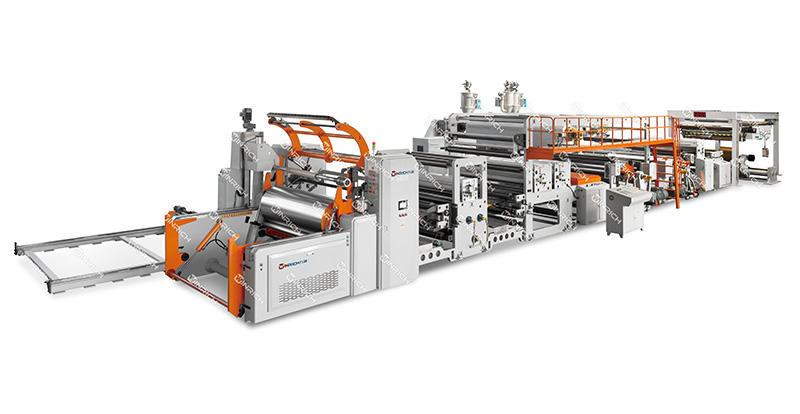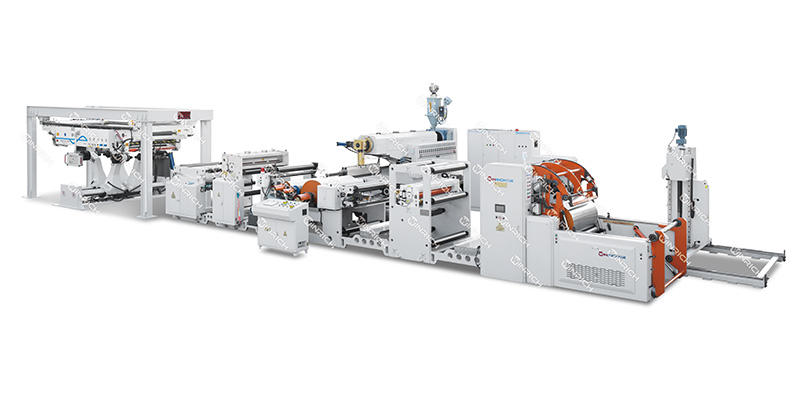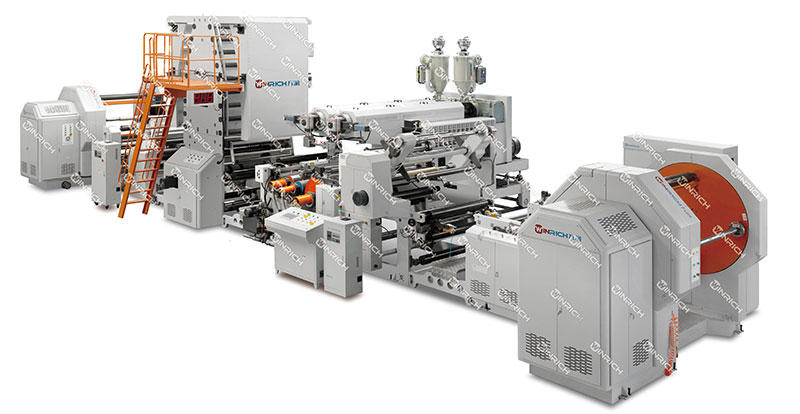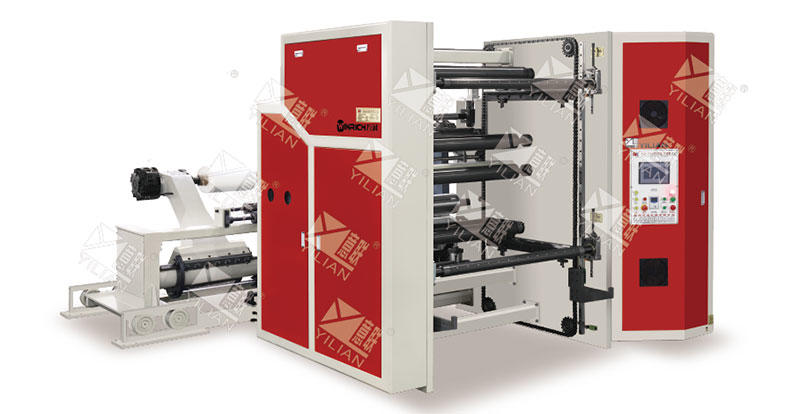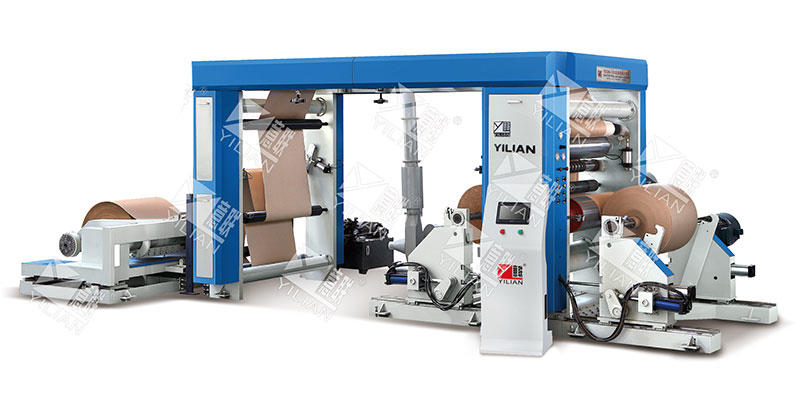What is the Difference Between Extrusion Lamination and Extrusion Coating?
Extrusion lamination and extrusion coating are both manufacturing processes used to apply a layer of material onto a substrate, often in the packaging, automotive, and textile industries. While both involve the use of heat and extrusion techniques, they serve different purposes and are distinct in their applications and processes.
1. Extrusion Coating:
Extrusion coating is a process where a layer of molten material (often plastic or other polymer) is applied to the surface of a substrate, such as paper, cardboard, or plastic film. The goal is to enhance the surface properties of the substrate, such as improving its barrier properties (e.g., moisture resistance), appearance, or durability.
Process:
1. Extrusion: A polymer is heated until it melts and is forced through a die to form a thin layer.
2. Coating: The molten polymer is then applied directly onto the substrate, which can be moving through a conveyor system.
3. Cooling: The coated substrate is cooled, often using chill rolls or air, to solidify the polymer layer.
Key Characteristics:
1. Single Layer: In most cases, only a single layer of material is applied.
2. Direct Bonding: The coating adheres directly to the substrate without the need for any intermediate material.
3. Primary Function: It primarily improves the surface characteristics of the substrate, such as adding a protective layer to prevent moisture, oxygen, or other environmental factors from affecting the material.
Common Applications:
- * Packaging: Food and beverage packaging often uses extrusion coating for moisture barriers or to improve the sealability of the package.
- * Paper and Cardboard: To create water-resistant or oil-resistant surfaces for applications like fast-food packaging or frozen food containers.
2. Extrusion Lamination:
Extrusion lamination, on the other hand, involves the application of a layer of material that is laminated to a substrate using heat and pressure. This process typically involves bonding two or more materials together by melting the extruded polymer and using it as a bonding agent.
Process:
1. Extrusion: Similar to extrusion coating, a polymer is heated and extruded into a molten state.
2. Lamination: The molten polymer is extruded onto one material and then laminated with a second material, usually under heat and pressure, to form a bonded structure.
3. Cooling: The laminated layers are cooled to solidify the bond between the materials.
Key Characteristics:
- * Multi-Layer Structure: Extrusion lamination often results in multi-layer structures, as it involves bonding two or more substrates together.
- * Bonding via Heat: The polymer extruded from the die bonds the substrates, often requiring a higher level of heat and pressure compared to extrusion coating.
- * Functionality: The process is typically used to combine materials that may have complementary properties, such as strength, barrier properties, or flexibility.
Common Applications:
- * Packaging: Similar to extrusion coating but typically in applications where multilayer films are needed, such as in flexible packaging, where materials like aluminum foil or different plastics are laminated together for enhanced barrier protection.
- * Automotive and Construction: For laminating materials used in automotive interior components or building materials that need a combination of properties, such as durability and insulation.

Key Differences Between Extrusion Coating and Extrusion Lamination
| Feature | Extrusion Coating | Extrusion Lamination |
|---|---|---|
| Process | Single layer of molten material applied directly to substrate. | Multiple materials bonded together using an extruded polymer. |
| Application | Primarily used for adding surface properties to substrates. | Used to combine two or more materials to form a bonded structure. |
| Number of Layers | Typically one layer of polymer. | Typically results in a multi-layer structure. |
| Bonding Method | Direct adhesion between polymer and substrate. | Bonding of materials through heat and pressure. |
| Primary Purpose | Surface protection (moisture, oxygen barriers, etc.). | Combination of materials for enhanced properties. |
| Common Materials Used | Polymers like polyethylene, polypropylene, or EVA. | Polymers like polyethylene, along with other substrates like foil or film. |
| Applications | Packaging (food, medical), paper coatings, etc. | Flexible packaging, automotive, construction materials, etc. |
Conclusion:
While both extrusion coating and extrusion lamination involve the use of extruded polymers, the key difference lies in their purpose and application. Extrusion coating is focused on applying a protective or functional coating onto a single substrate, whereas extrusion lamination is used to bond multiple materials together to create a multi-layered structure. The choice between these processes depends on the specific requirements of the end product, including the need for multi-layer structures, surface protection, and material properties.
